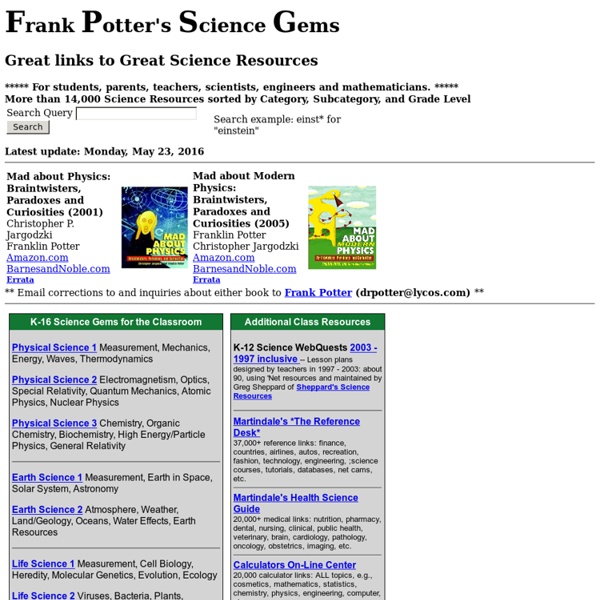



Main Page - Crinnology - Creativity and Innovation EMC/Paradigm: College Resource Centers This textbook is designed with productivity tools that will guide your study. Before You Read Each Chapter Read through the chapter outline before you read the chapter. It provides a road map for the content to follow. Ask yourself how the heads relate to the chapter title. While You Are Reading Highlight or underline key points as you come across them in the textbook. After You Have Finished Reading Each Chapter Re-read the Clinical Summary. One Final Note Although your schedule will not always allow it, it is best to study a chapter prior to attending the lecture that will cover that chapter content.
Creativity techniques and creative tools for problem solving This A to Z of Creativity and Innovation Techniques, provides an introduction to a range of tools and techniques for both idea generation (Creativity) and converting those ideas into reality (Innovation). Like most tools these techniques all have their good and bad points. I like to think of these creativity and innovation techniques as tools in a toolbox in much the same way as my toolbox at home for DIY. It has a saw, spanner, hammer, knife and all sorts of other things in it, they are all very useful, but you have to pick the right tool (creativity / Innovation technique) for each job. For the future, the aim is to also have sub-categories which will identify Techniques for; Problem Definition - including problem analysis, redifinition, and all aspects associated with defining the problem clearly. Special thanks to the Open University for their kind permission to use material from their publication B822. Subcategories This category has the following 5 subcategories, out of 5 total.
Welcome to Berkeley Lab's Center for Science & Engineering Education edrsch Wilerson, L. and Gijselaers, W.H., Bringing Problem Based Learning to Higher Education: Theory and Practice, New Directions for Teaching and Learning, No. 68, Winter 1996. "Let Problems Drive the Learning" ASEE Prism (staff article), 30-36, October 1996. Woods, Don, Problem-Based LearningL How to Get the Most From PBL, McMaster University, 1996. Woods, Hrymak, Marshall, Wood, Crowe, Hoffman, Wright, Taylor, Woodhouse, and Bouchard, "Developing Problem Solving Skills: The McMaster Problem Solving Program," Journal of Engineering Education, 86(2), 75-92, April 1997. Norman, G.R., & Schmidt, H.G., "The psychological basis of problem-based learning: A review of the evidence," Academic Medicine, 67(9), pp. 557-565, September 1992. Stepien, W., & Gallagher, S., "Problem-Based Learning: As authentic as it gets," Educational Leadership," pp. 25-28, April 1993. American Association For the Advancement of Science, Science for all Americans, New York: Oxford University Press, 1990. Resources: PBL in K-12
Chicago-Area Independent Schools Please don't call me professor [an error occurred while processing this directive] January 4–11, 1996 slant A young college prof attempts to get down with his students, dude. By Jason Wilson "I went to see Hole last night," I said. "I went to see Hole last night," I repeated. It was a true story. The girls in the back row gave me fake smiles. "No," I said. I rolled down my sleeve and gathered my notes on Writing the Process Analysis Essay. Then, like a damned fool, I passed them out. I was teaching college freshmen for the first time and I was really, honestly trying to bond with my students. I was severely misguided, to say the least. Each time I protested, "I'm Jason, dude. Linda sat up straight and said, "Eeeeww, my last boyfriend was 24. I tried to gain credibility and acceptance by virtue of the teaching materials I used. They didn't catch references to Atari "Combat." Jessica was the only one in the class who shook her head knowingly, "Oh yeah, Pop Rocks. More laughter ensued from the class.
ScienceMaster.com - Learning Science Just Got Easier